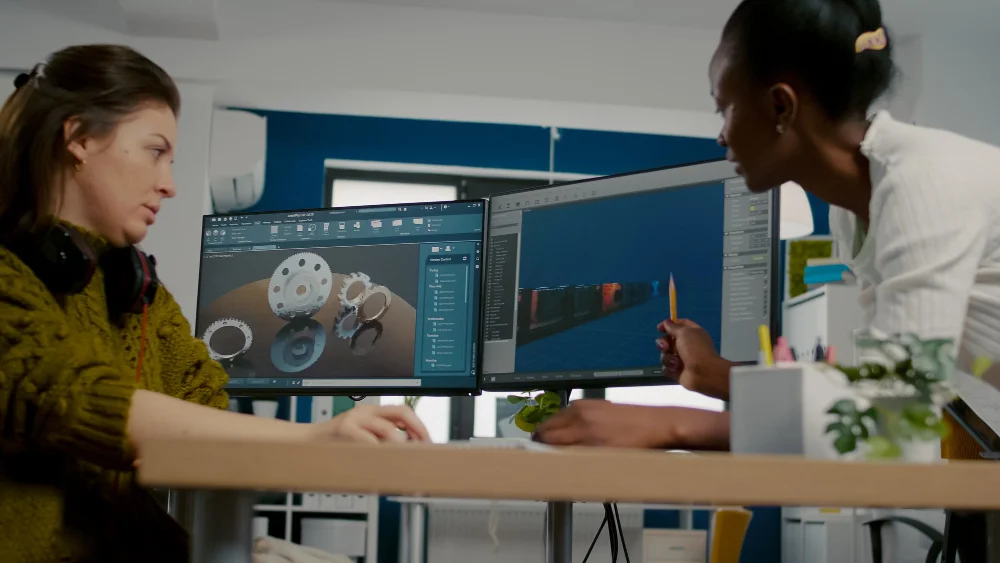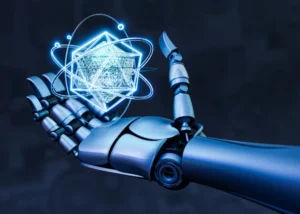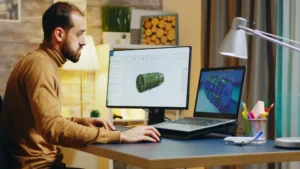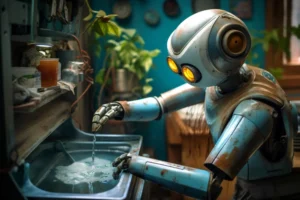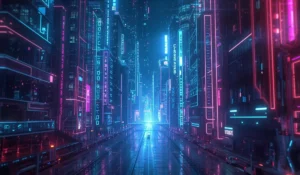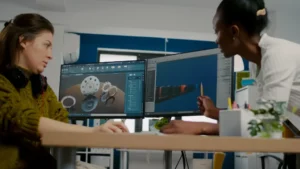In the modern digital era, creativity meets computation in ways we never imagined before. AI tools for 3D modeling have become essential companions for artists, game developers, product designers, and architects. These tools combine the intelligence of machine learning with the precision of geometry to turn simple ideas into complex, lifelike three-dimensional creations.
Whether you’re building a video game world, designing a new product prototype, or visualizing an architectural concept, AI-powered 3D modelling tools dramatically reduce manual effort. They automate repetitive tasks, improve texturing accuracy, and even generate entire 3D assets from text prompts or sketches. This isn’t just about saving time, it’s about expanding what’s possible.
How Artificial Intelligence is Reshaping 3D Design
Artificial Intelligence has transformed how designers approach modelling. Traditional 3D workflows involved sculpting, mesh adjustments, UV mapping, and rendering tedious steps that required expertise. With AI, much of this can be automated.
AI 3D modelling tools learn from huge datasets containing millions of shapes, textures, and materials. They understand proportions, light interactions, and design principles. As a result, they can create models that are realistic, optimized, and production-ready in a fraction of the time.
Key Benefits of AI Tools for 3D Modeling
- Speed and Efficiency: Tasks that used to take hours can now be done in minutes.
- Enhanced Creativity: Artists can explore more design variations rapidly.
- Cost Reduction: Less manual work means fewer production costs.
- Accessibility: Even beginners can generate professional-looking models.
This democratization of design is what makes AI tools such a revolutionary development.
Popular AI Tools for 3D Modelling You Should Know
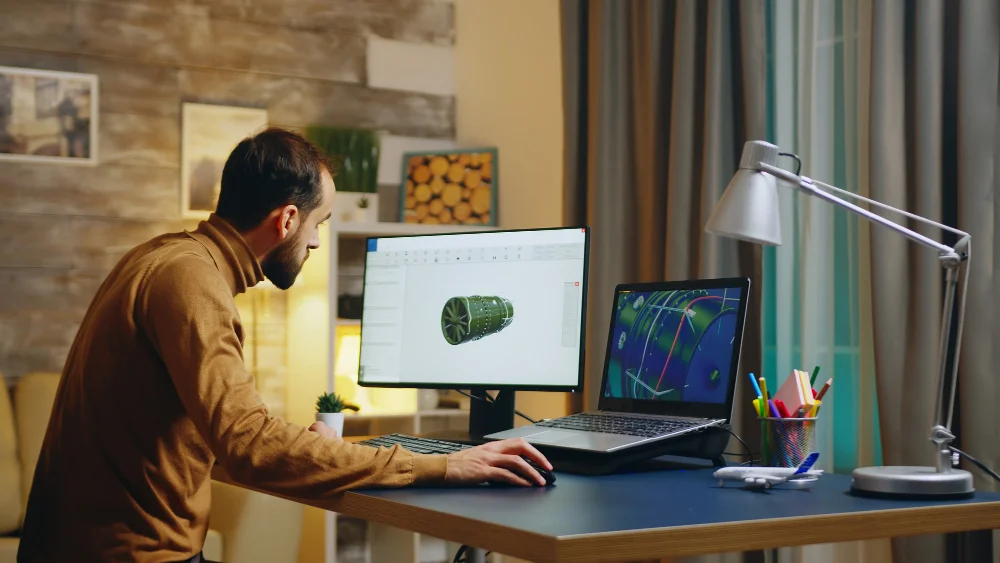
Artificial Intelligence has introduced a new generation of 3D modelling software that is faster, smarter, and more intuitive. These AI tools for 3D modelling can generate shapes, apply textures, and even complete models using simple text or image prompts.
They are transforming how professionals in gaming, architecture, animation, and product design approach their creative process. Below are some of the most remarkable tools that are redefining the 3D design landscape in 2025.
Meshy AI
Meshy AI turns text and image prompts into detailed 3D assets within minutes. It automatically handles UVs, textures, and optimization, producing clean, game-ready models. The platform works seamlessly with Blender, Unity, and Unreal Engine for professional workflows.
3D AI Studio
3D AI Studio offers text-to-3D and image-to-3D creation in one place. It also supports AI-driven remeshing and material generation, giving users full control. Its beginner-friendly design makes complex 3D modelling tasks simple and efficient.
Sloyd AI
Sloyd AI blends procedural modelling with machine learning for rapid asset generation. Users can adjust parameters like size or design style, and the AI instantly updates the shape. It’s perfect for creating modular, consistent objects for games or environments.
Shap-E
Shap-E, developed by OpenAI, converts text into implicit 3D structures using diffusion models. Instead of building meshes directly, it forms mathematical 3D volumes. Designers can later export models as meshes or neural renders for animation and visualization.
Luma AI
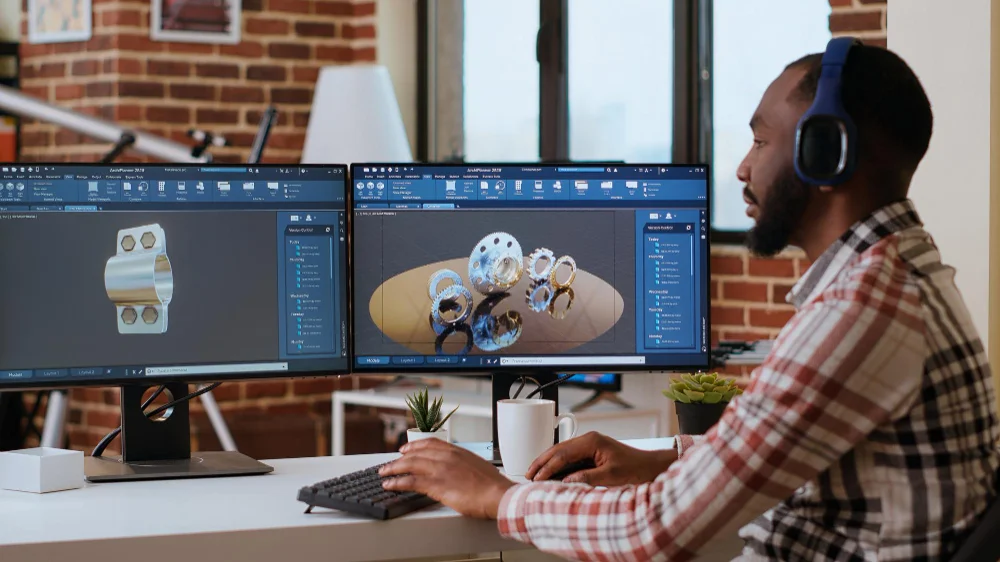
Luma AI uses neural radiance fields to turn photos or short videos into detailed 3D models. It captures depth, texture, and lighting with impressive realism. This makes it ideal for architects, filmmakers, and AR creators needing accurate 3D reconstructions.
Kaedim 3D
Kaedim 3D converts 2D artwork into fully modelled 3D assets using AI prediction. It combines machine generation with artist review for higher accuracy. Game developers use it to speed up production while maintaining top visual quality.
Masterpiece Studio
Masterpiece Studio offers AI-assisted sculpting inside a VR workspace. Artists can create base models using AI prompts, then refine them with gestures. It automatically handles rigging and topology, ensuring ready-to-animate results.
DeepMotion
DeepMotion specializes in AI motion capture from regular video clips. It tracks human movement and converts it into 3D animation data. Paired with AI modelling tools, it helps designers bring static models to life quickly.
Nvidia GET3D
Nvidia GET3D uses deep learning to generate realistic 3D objects like cars, furniture, or buildings. It produces clean topology and textured models ready for rendering. This tool is great for instantly populating digital scenes at scale.
Leonardo AI
Leonardo AI focuses on texture generation and surface detailing for 3D assets. It creates realistic materials that respond naturally to light. Game and film artists use it to enhance realism and maintain consistent PBR standards.
These tools collectively redefine creativity, merging automation with imagination. Each one addresses a unique part of the 3D workflow from model generation to texturing and animation, making design faster and more inspiring than ever.
Best Practices for Using AI Tools in 3D Modelling
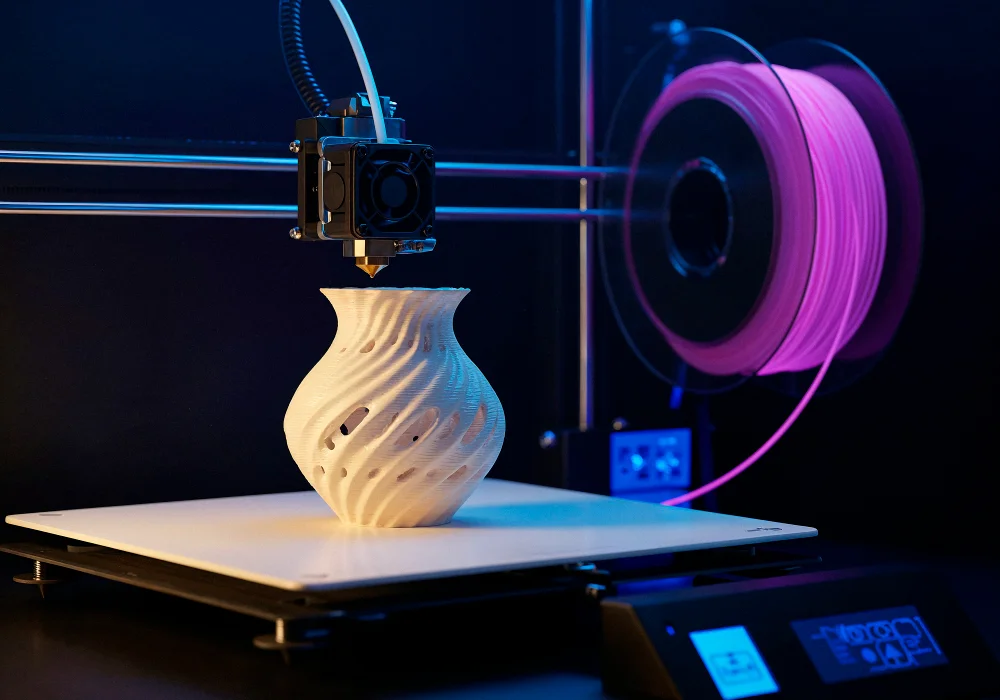
AI-driven modelling is powerful, but to make the most of it, you should combine automation with creativity. Before generating your assets, plan the desired outcome carefully. AI works best when it has a clear idea to interpret.
A few principles to follow:
- Start with strong references: Use sketches, photos, or concept art to guide the AI.
- Iterate multiple times: Try several prompts before finalizing the best version.
- Combine human skill with AI output: Refine details manually for perfection.
- Mind optimization: Ensure your 3D models are low-poly when targeting real-time applications.
- Test materials under light: AI textures sometimes appear flat, tweak roughness and reflection manually.
By following these strategies, you maintain artistic control while enjoying automation’s speed.
Challenges in AI Tools for 3D Modeling
AI 3D modelling, though groundbreaking, still faces several practical hurdles. Quality often varies depending on how well the AI was trained and the data it learned from. Some outputs may look inconsistent or unrealistic, making manual refinement essential for professional work.
Another major concern is ownership and originality, as AI models can unintentionally resemble existing designs. High computational demands and limited artistic control also restrict creative freedom. Therefore, designers should view AI as an intelligent assistant that enhances creativity rather than replaces human artistry.
Case Study: Concept to Creation with AI
A small indie studio used AI tools for 3D modeling to develop a futuristic cityscape in just a few days. Instead of traditional manual sculpting, the team combined text prompts with AI-driven rendering software to quickly generate detailed structures, textures, and lighting setups that fit their creative vision.
Key Takeaways
-
AI reduced production time by over 60%, accelerating design workflows.
-
The team used generative AI to refine materials and lighting for realism.
-
Manual adjustments were minimal, allowing artists to focus on storytelling.
-
The final model matched the quality of hand-crafted 3D assets at a fraction of the cost.
Future of AI-Powered 3D Design
The future of AI tools for 3D modelling looks incredibly promising as systems evolve to create entire environments rather than individual assets. These tools will soon interpret physics, lighting, and animation with precision, bringing lifelike detail to every design. Real-time collaboration will enable artists worldwide to co-edit scenes effortlessly using natural gestures and voice input.
Multimodal AI will merge text, images, and voice into one seamless design process. With advanced AI tools for 3D modelling, designers can now experience real-time rendering and VR integration that redefine interactivity, while adaptive meshes optimize for different devices. Together, these innovations will make 3D design faster, smarter, and more inclusive for creators at every level.
Final Thoughts on AI Tools for 3D Modelling
AI tools for 3D modelling have shifted the creative industry from manual to intelligent design. They enhance productivity, spark innovation, and enable anyone from hobbyists to studios to create stunning 3D assets with minimal effort. For those who also want to explore how AI can bring illustrations to life, check out this free AI illustration generator that helps you turn ideas into visuals effortlessly.
The secret lies in balance: let AI handle the technical groundwork while you focus on creative storytelling. As these technologies mature, the boundary between imagination and execution will continue to blur, ushering in a new golden age of digital design.

